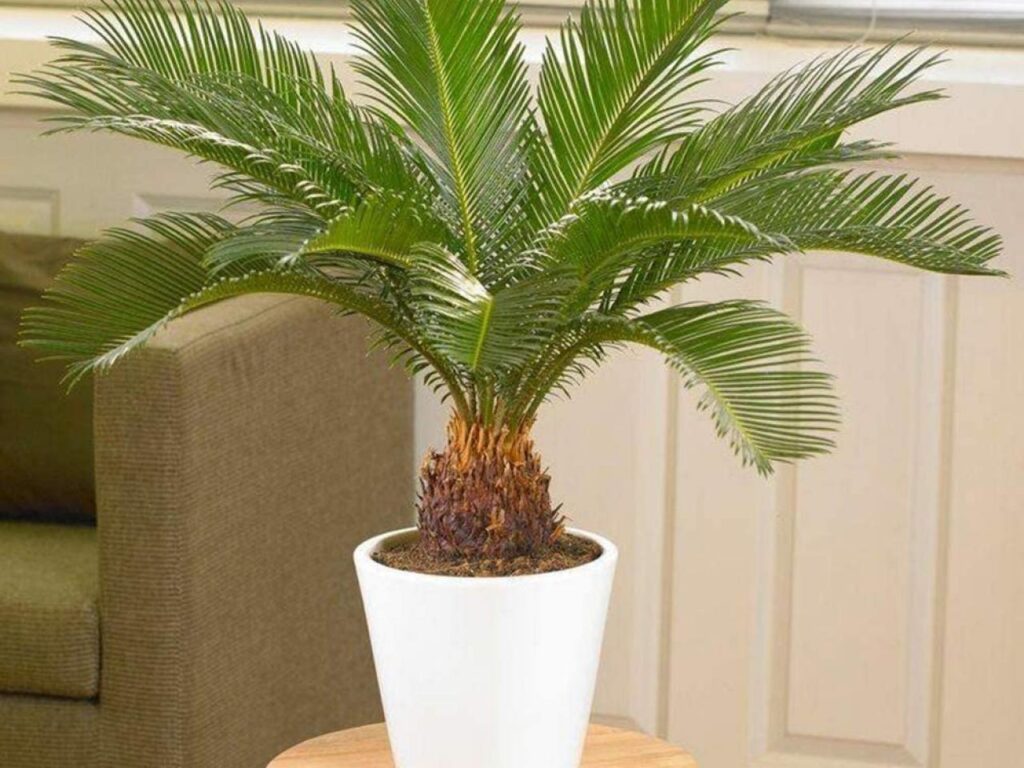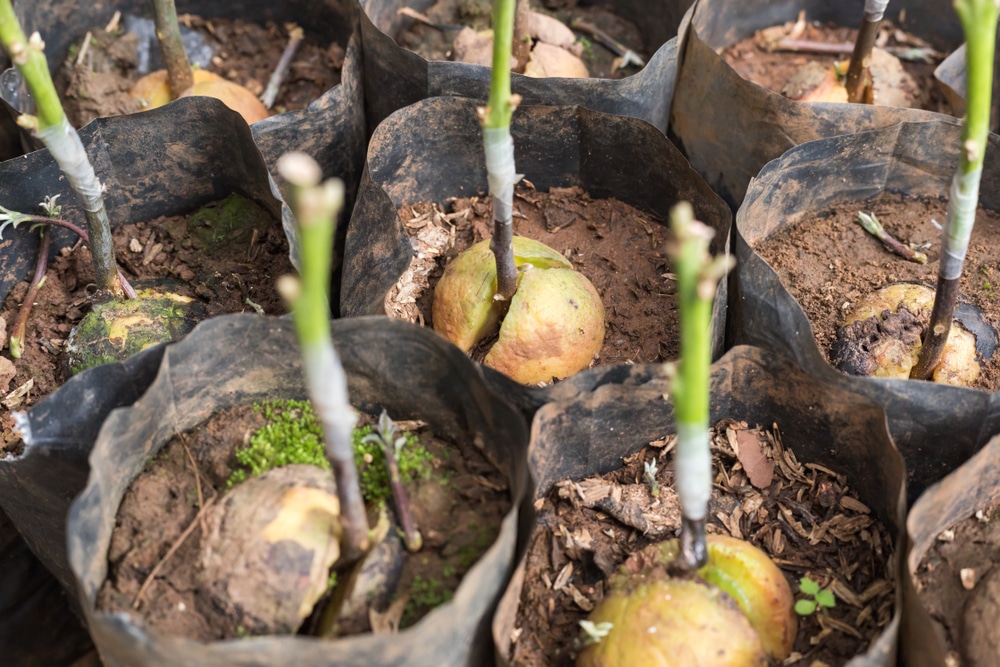Cycad is a palm like evergreen perennial that is native to china and japan. Its also referred to as Sago Palm
The plant is dioecious meaning has separate male and female plants Sago palms are relatively low-growing plants with long green fronds. The long, erect glossy dark green leaves form a rosette on a stem. The sago palm is very long lived and the most popular member of the cycad family.

Soil
Although often restricted to very specific sites in nature, cycads in cultivation will tolerate a wide range of soils. These however must be well drained.
Best success appears to be in deep sandy soils, and many growers will build raised or terraced beds of imported sandy soil up to 1 m deep. A sloping site is a great asset in this case, allowing raising beds by terracing and not importing large amounts of soil.
Nutrients
As for container growing: mid-range NPK, trace elements, regular and fairly high supply.
container growing
Media
There is an enormous volume of literature on container-growing of plants, and endless combinations of growing media mixes. Cycads will actually grow well in almost any medium provided that it is well-drained.
Remarkable results are being achieved with the modern soil-less media formulations.
Nutrition
Cycads are heavy feeders, and respond well to a good nutrient supply. Look for a fertilizer with an even NPK balance and supplemented trace elements included in the potting medium to provide a good start. Plants are kept growing with regular dressings of a balanced slow-release formulation.
Indoor and balcony cycads.
A critical factor in maintaining healthy indoor cycads is maintaining a moist but not wet potting substrate.
Balconies and patios can offer a quite different set of extreme conditions, often with baking sun and high exposure, and sometimes high winds. Some of the xeric cycads can do well in these conditions, again provided that an appropriate moisture balance is maintained.
The dwarf Asian Cycas species occurring on limestone cliff faces are ideal here, but not yet readily available. Xeric Zamia, Macrozamia and Encephalartos species are also well-suited, as is Cycas revoluta. The last can be readily maintained under Bonsai conditions at any size required. They are planted in small pots with minimal space for water and nutrient reserves. That means you need to water and fertilize your tree regularly. Make sure your Bonsai gets plenty of light, water, and fertilize when needed and your tree is sure to thrive.
Smaller cycads can be mass planted to give a ground cover with an interesting and different texture, although this works better on a large scale.
Cycads can also have a place in a small garden landscape where space is limited and consequently plant size is limited. Many cycads can create striking and exotic flavours in such landscapes, depending more on climate than any other factor.
A well-placed container-grown cycad in carefully chosen container can greatly enhance the small-garden setting. There are a number of miniature cycads now known that can be used in such a way.
